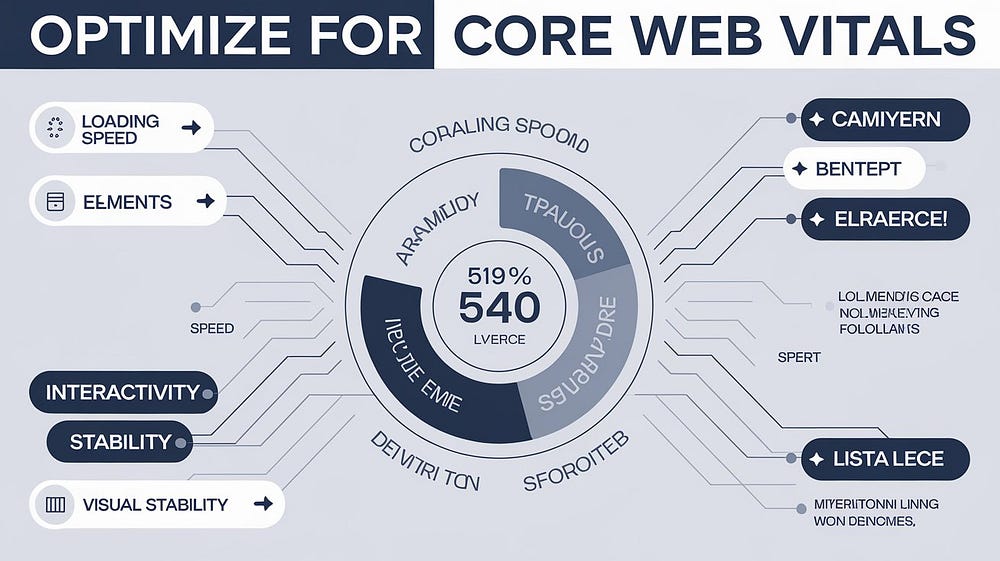In an increasingly digital world, securing a high ranking on search engine results pages (SERPs) is...
How to Develop a Brand Voice That Resonates with Your Audience

A strong brand voice is essential for building meaningful connections with your audience. It goes beyond just words; it defines how your brand communicates its values, personality, and unique identity. Crafting a voice that resonates with your target audience can enhance customer engagement, foster loyalty, and distinguish your brand in a crowded market. At Tristate Designs, we understand the importance of developing a brand voice that truly speaks to your customers. Here’s how you can create a compelling and consistent brand voice that makes an impact.
1. Understand Your Audience
The foundation of a powerful brand voice lies in understanding who you are speaking to. Start by defining your target audience. Consider demographics like age, gender, location, and occupation, but don’t stop there. Dive deeper into their needs, desires, pain points, and communication preferences. The more you know about your audience, the better equipped you’ll be to create a voice that resonates with them.
For example, a professional B2B audience may prefer a formal, authoritative tone, while a younger, consumer-focused brand might benefit from a more casual, playful approach. By tailoring your voice to your audience, you ensure that your message is received in the right way.
2. Define Your Brand’s Core Values
Your brand voice should align with your core values. Take the time to define what your brand stands for and what message you want to convey to your audience. Ask yourself: what are the beliefs and principles that drive your business? These values will inform your tone and guide how you communicate with customers.
For example, if your brand values innovation and creativity, your voice might be bold and forward-thinking. If you value customer-centricity and care, your tone should be warm, friendly, and empathetic. At Tristate Designs, we help brands articulate these core values to ensure their messaging is always on point.
3. Analyze Competitors, but Be Unique
It’s essential to know how your competitors are communicating, but your goal is to stand out. Analyzing the competition can provide insights into what works and what doesn’t, but your brand voice should be uniquely yours. Identify gaps in how other brands in your industry communicate and seize the opportunity to fill those gaps with a voice that differentiates you.
For instance, if most competitors in your industry are using a formal tone, you could opt for a more approachable, conversational style to appeal to your audience in a different way.
4. Choose the Right Tone
Tone refers to the emotional inflection behind your words and varies depending on the context and platform. While your brand voice should remain consistent, your tone may shift depending on the situation. For instance, your social media posts may adopt a more relaxed and humorous tone, while your email campaigns might be more professional and informative.
Understanding the different communication platforms and how your audience engages with them will help you choose the right tone for each situation while maintaining a consistent overall voice.
5. Create Brand Voice Guidelines
Once you’ve defined your brand voice, document it in the form of guidelines. These guidelines will serve as a reference for anyone creating content on behalf of your brand, ensuring consistency across all channels. Your brand voice guidelines should include:
- A description of your brand’s personality
- Examples of appropriate language and tone
- Dos and Don’ts for communicating with your audience
- Specific guidelines for different platforms (social media, website, email, etc.)
Having clear guidelines helps maintain a unified voice, even as different teams or individuals contribute to your content.
6. Test and Refine Your Voice
Your brand voice is not static. It should evolve as your audience grows and market trends change. Once you’ve established your voice, test it across various channels and gather feedback. Pay attention to how your audience responds to different types of communication, and don’t be afraid to make adjustments.
At Tristate Designs, we encourage brands to revisit their voice periodically to ensure it remains relevant and impactful. A flexible voice allows your brand to stay fresh and relatable while staying true to its core values.
7. Consistency is Key
Consistency is vital when it comes to brand voice. Regardless of the platform — whether it’s social media, email marketing, or customer service — your audience should be able to recognize your brand’s tone and style. A consistent brand voice helps reinforce your brand identity and strengthens your relationship with your audience.
By keeping your voice consistent, you build trust and familiarity, which are critical components of long-term customer loyalty.
Conclusion
Developing a brand voice that resonates with your audience is an ongoing process that requires deep understanding, strategic planning, and a commitment to authenticity. By defining your audience, aligning with your core values, and maintaining consistency across all communication channels, you can create a brand voice that stands out and connects with your customers.
At Tristate Designs, we specialize in helping businesses craft compelling brand voices that resonate and engage. Let us help you find your brand’s voice and ensure it’s heard loud and clear.


